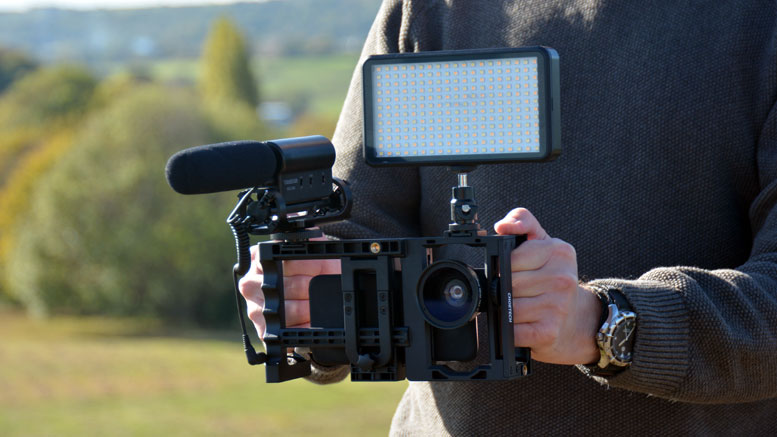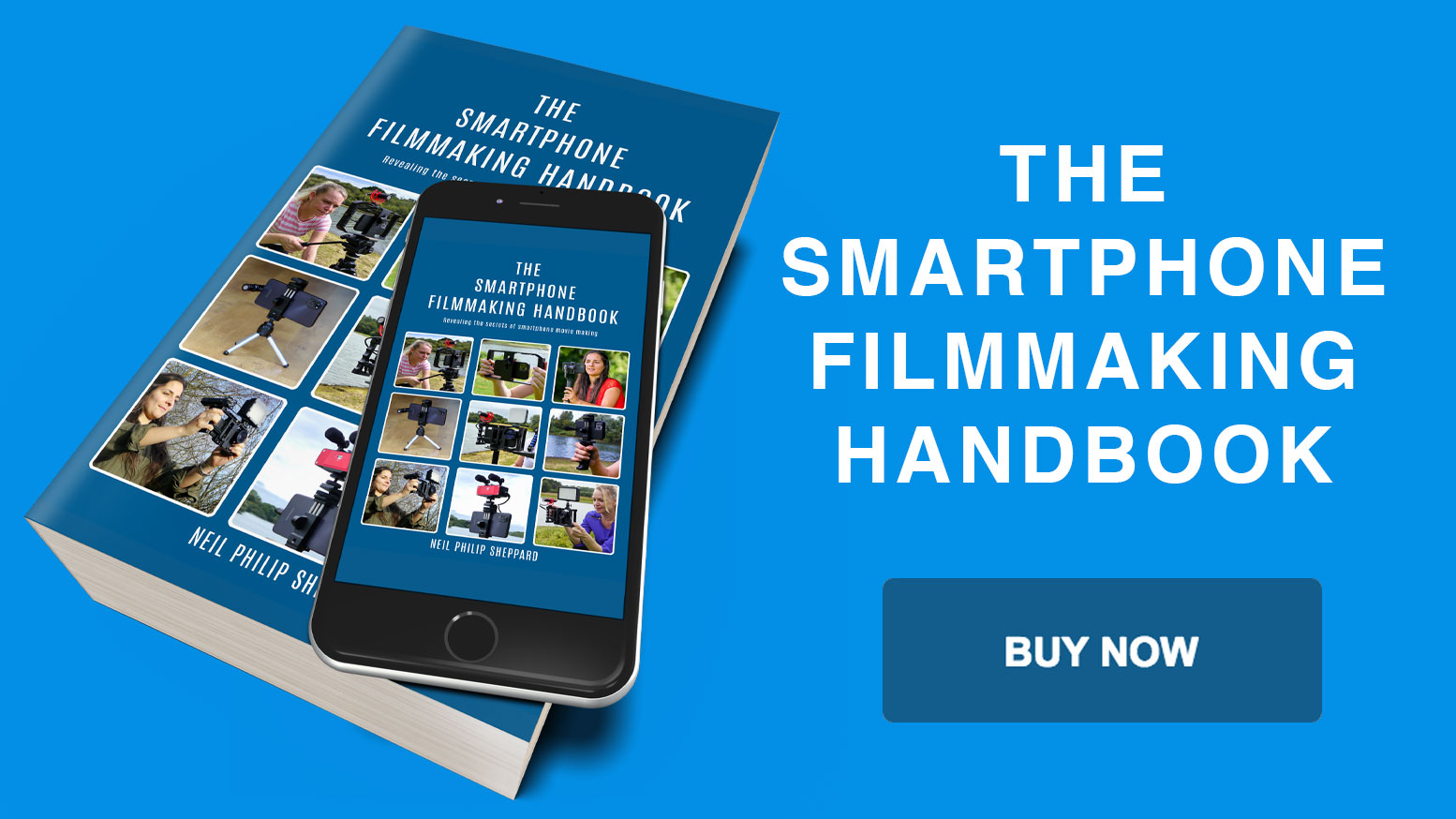How to set up your Smartphone for video filmmaking
If you want to use your Smartphone for filmmaking you will need to do some digital housekeeping before you dash off to shoot your masterpiece. Although you can use most modern Smartphones to make videos, you should take some time to set them up correctly to do the job. This will avoid problems later when you are out filming and give you better performance with your Smartphone. If you don’t do this you may have issues with your Smartphone when you come to make a video.
This content uses referral links. Read my ethics policy for more info.
Airplane Mode
Before you start filming on your Smartphone you should always put it into Airplane Mode. This mode is for when you use your Smartphone on an airplane. It stops the Smartphone connecting to the phone network provider but keeps all the operating functions on. Smartphone designers created this function so you could still use your Smartphone on a plane but its communications would not affect any systems on the aircraft.
So why should you use Airplane Mode for filmmaking? By putting your Smartphone into Airplane Mode you will not receive phone calls or text message alerts while you are shooting your video. A text message or a phone call will pick up on your microphone and the resulting sound can ruin your video. Vibration alerts can also add shake to your video so you should turn those off too. It is important you do this as you can ruin a good video by suddenly having your Smartphone start ringing. You will also look like an amateur to those around you, which is not professional.
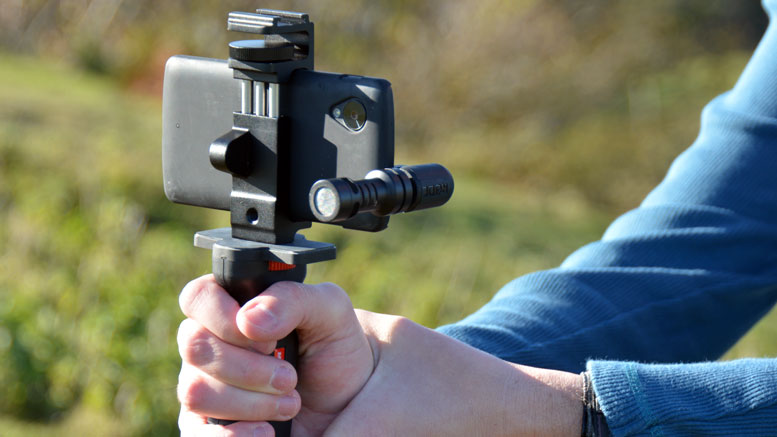
If you need an Internet connection when doing a Facebook Live you can always turn WiFi back on so you can connect to a Wi-Fi Internet provider. If there is no WiFi then your best bet is to use the Do Not Disturb feature, which will stop incoming calls but still give you access to the phone network supplier. Airplane Mode won’t stop all notifications. The Clock, Calendar and Reminders can all interrupt video recordings. You will need to go into each of these apps and clear out any notifications that could alert you on your video shoot. You don’t have to get rid of everything just the notifications that could alert you when you are filming.
Screen Brightness
Make sure your Smartphone’s screen is on maximum brightness. If you have turned down the brightness of your Smartphone you will not being seeing the exposure of your image correctly. Any adjustments you make to your image on your video camera app could result in an under or over exposed image. So set your Smartphone’s brightness to full to guarantee the correct exposure.
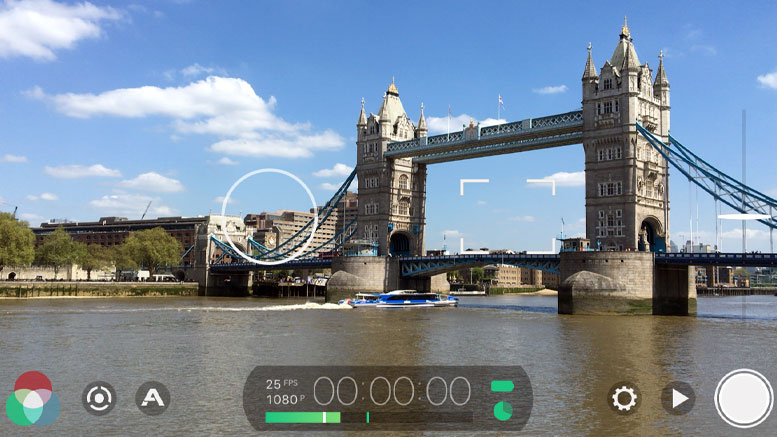
Full Battery
Make sure your battery has a full charge before you start filming on your Smartphone. This may seem obvious but there are other reasons for doing this besides having the maximum amount of battery time. On Filmic Pro the recording will interrupt and stop when the battery reaches 20%. It will stop again at 10%. So make sure you have a full battery to minimize this from happening. This can be frustrating when it happens, so pay attention to your battery life.
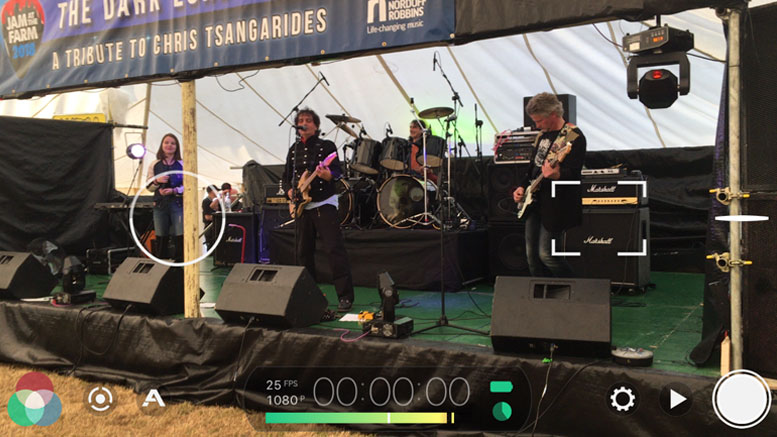
You can charge your Smartphone battery when filming but this can heat up the Smartphone and can result in more failed video takes. Try to only charge your Smartphone when you are not using the video camera app and are not recording video.
Smartphone Processor
To minimise the CPU drain on your Smartphone you should close down all apps apart from the one you are using. You can see if any other apps are open by double tapping the home key. This will show all apps that are in use. By only having one app open you will reduce strain on the Smartphone’s processor and allow the app you are using to work at its peak performance.
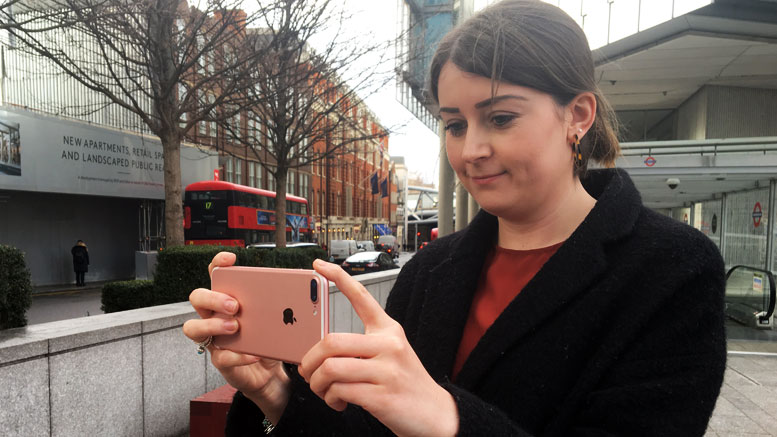
Having more than one video camera app open can also cause conflicts; so make sure you shut down all other apps, except the one that is in use. This will also help prolong your battery life.
Empty your Smartphone of unwanted data
Make sure your Smartphone has plenty of empty hard drive space. This is important if you want to use your Smartphone for filmmaking. You will find yourself in great difficulties if you start to shoot your video only to find that your Smartphone is full of data and there is no room to store the video files. Video data will fill up your Smartphone’s hard drive quickly. Three to four minutes of 1080 HD footage can amount to a couple of gigabytes depending on the Bit Rate of the video files. This will fill up you Smartphone rapidly, so you will need to have room for that data.

To make sure you have plenty of storage space for your video files it’s important that you regularly clear out and delete any unwanted data from your Smartphone. For your Smartphone to work properly it needs at least 10% of the hard drive free to move data around and work correctly, but you will need a lot more hard drive space than this to make videos.
Before you go on a shoot you should back up your camera roll data to an external hard drive or computer and then delete this data from your Smartphone. It is important to permanently delete these files, so make sure the waste bin is empty. It’s essential you do this as you may think you have deleted these files when they are still present on the Smartphone. So always check that you have properly deleted any files before you go on your video shoot.
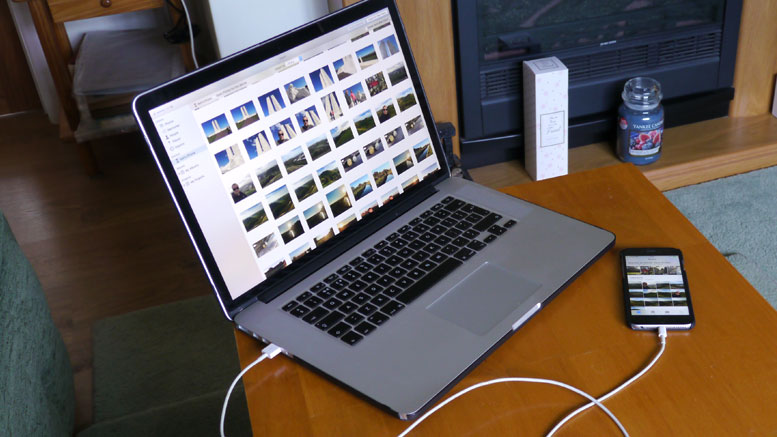
After you have deleted any unwanted video files from your camera roll you should have a look to see if there are any other files you can delete. Unwanted documents, videos, emails, the web browser’s cache and other data can all add up to take up room on your Smartphone’s hard drive. The iTunes app is especially one to look out for. MP3 and video downloads can take up a lot of room on your Smartphone’s hard drive. You may need to delete this data to create room for your video files. I know this may not be much fun but you should think of your Smartphone as a practical video production tool and not a gadget for entertainment. If you don’t delete some of this media you are going to have a hard time to make anything.
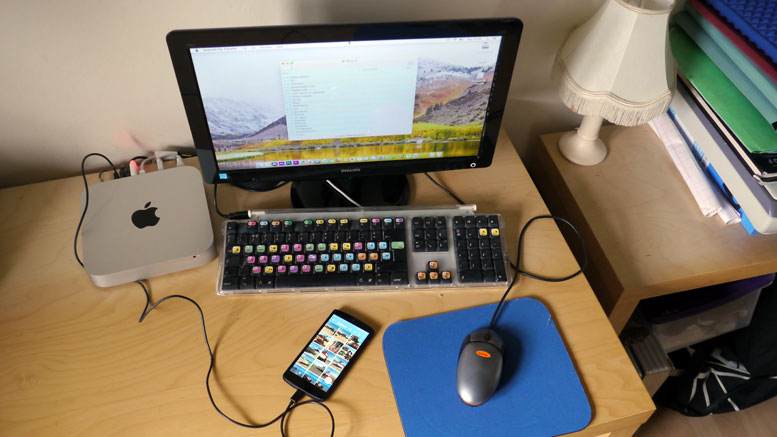
You should also remove any unwanted apps. You should only have apps on your Smartphone that you use all the time. Keep your Smartphone clean of apps you don’t use as these can also take up valuable hard drive space. Only install apps you need and get rid of the rest. I am not saying to get rid of everything that is not for video production but if you have several game apps installed ask yourself if they need to be there. When you do install new apps, have a look at how big the install file is. Some apps can take up a lot of room and if you are not using them that often you are denying yourself some useful video storage space. I know this may create some difficult decisions but you have to be ruthless about unwanted apps and get rid of them.
Be Prepared
Cleaning out your Smartphone of unwanted data can take time so don’t wait to do it until you go on your video shoot. Give yourself plenty of time to back up any important data you want to keep and delete any unwanted files and apps. Your Smartphone will work whole lot better once you clean up the hard drive. You will also be able to use your Smartphone for video with the confidence that you have the maximum amount of storage space.
What are the best lightning port iPhone microphones?
What is the best budget Android filmmaking kit?
What are the best gimbals for Smartphone filmmaking?
7 Tips for Making Your Smartphone Cinematography More Cinematic

